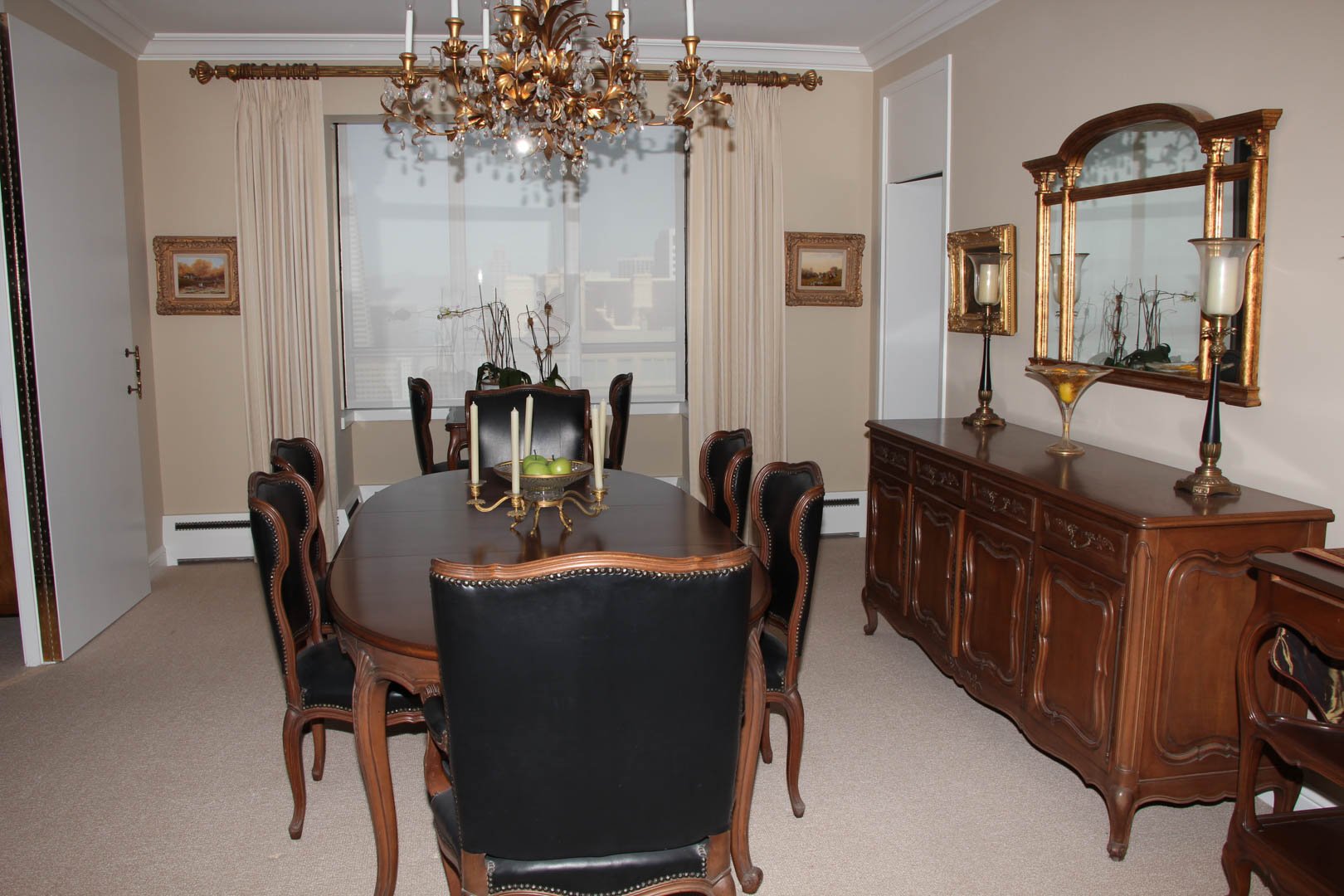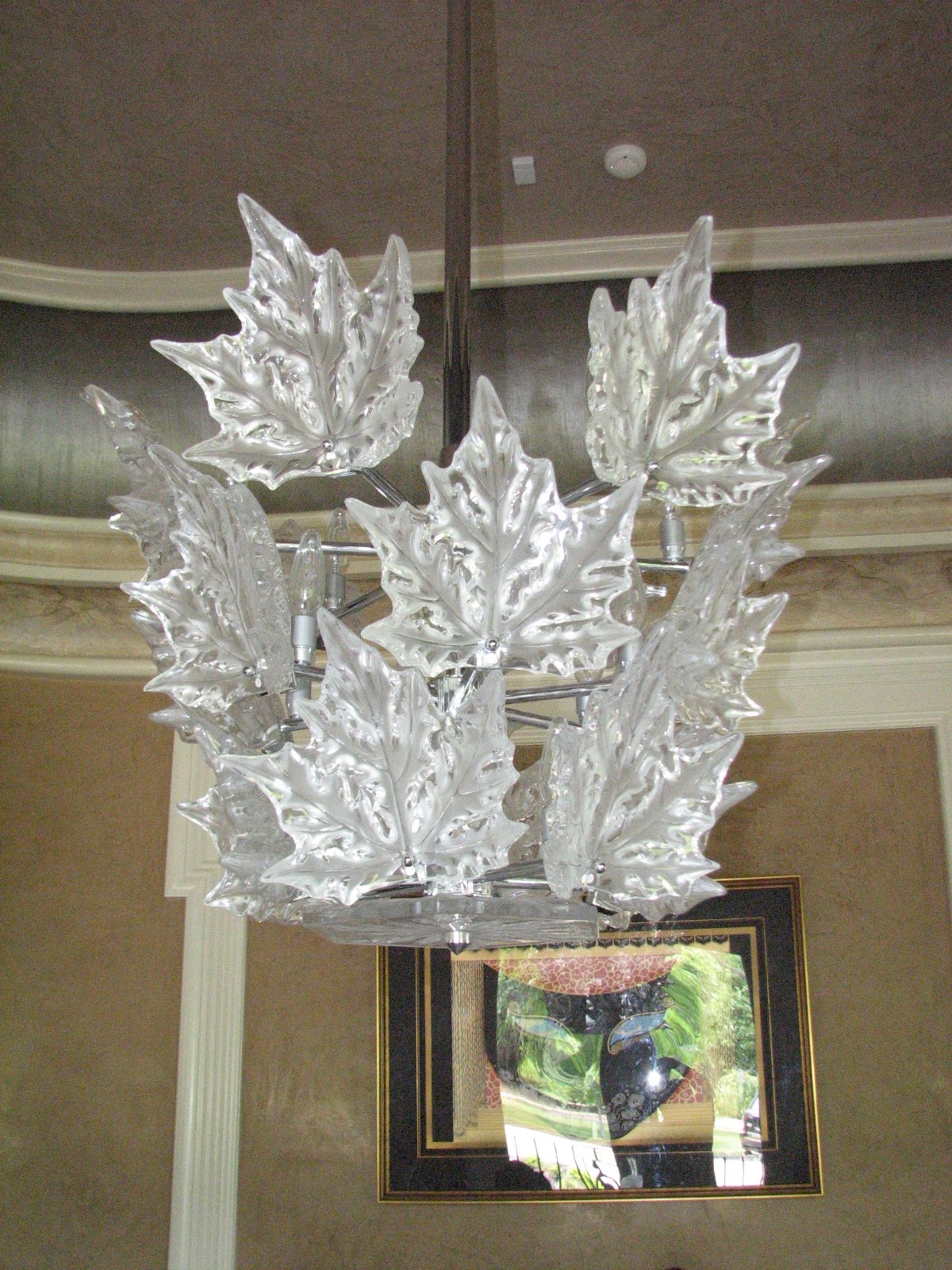
Personal Property Appraisers
USPAP Compliant
Based in the
San Francisco
Bay Area
Honest, Accurate And Professional
Hoitt’s Appraisals is a personal property appraisal company dedicated to providing appraisal services of the utmost quality for the San Francisco Bay Area all the way down to the Monterey Peninsula to corporations, attorneys, insurance companies, and collectors; thereby, allowing them to maximize the value of their possessions through accurate, thoroughly researched documentation.
We also provide services for the trustee and/or the professional fiduciary or conservator.
Additionally, we provide services for couples in preparation for marriage by conducting a personal inventory of each one’s separate property so that the couple has a record of their possessions coming into the marriage. This is very useful for pre-nuptials agreements.
Also, we can do a straight inventory without an appraisal.
Areas We Travel To
San Francisco, Marin, Sonoma, Contra Costa, Napa, Solano, Santa Clara, San Mateo and Alameda Counties
including the cities of Sausalito, Belvedere, Tiburon, Mill Valley, San Rafael, Novato, Petaluma, San Ramon, Walnut Creek, Santa Rosa, Sonoma, Napa, Berkeley, Emeryville, Los Gatos, Woodside, Saratoga and Oakland.
Types Of Appraisals
Estate Probate
Insurance loss or replacement value
Division of Assets
Valuation of Charitable Donations
Moving
Types Of Property

Residential Contents

Decorative Arts

Collectibles

Fine Art

Jewelry

Sterling Silver
Why Choose Us?
Because we are knowledgeable and accredited professionals whom, through continuing education stay on top of many issues that can and do affect our industry.
Experienced Professionals for over 40 years combined in the art gallery & custom picture framing industry.
Since 1999, we have had practical appraisal experience.
Accepted as Expert Witness in 5 counties .
Uniform Standards of Professional Appraisal Practice Compliant.



